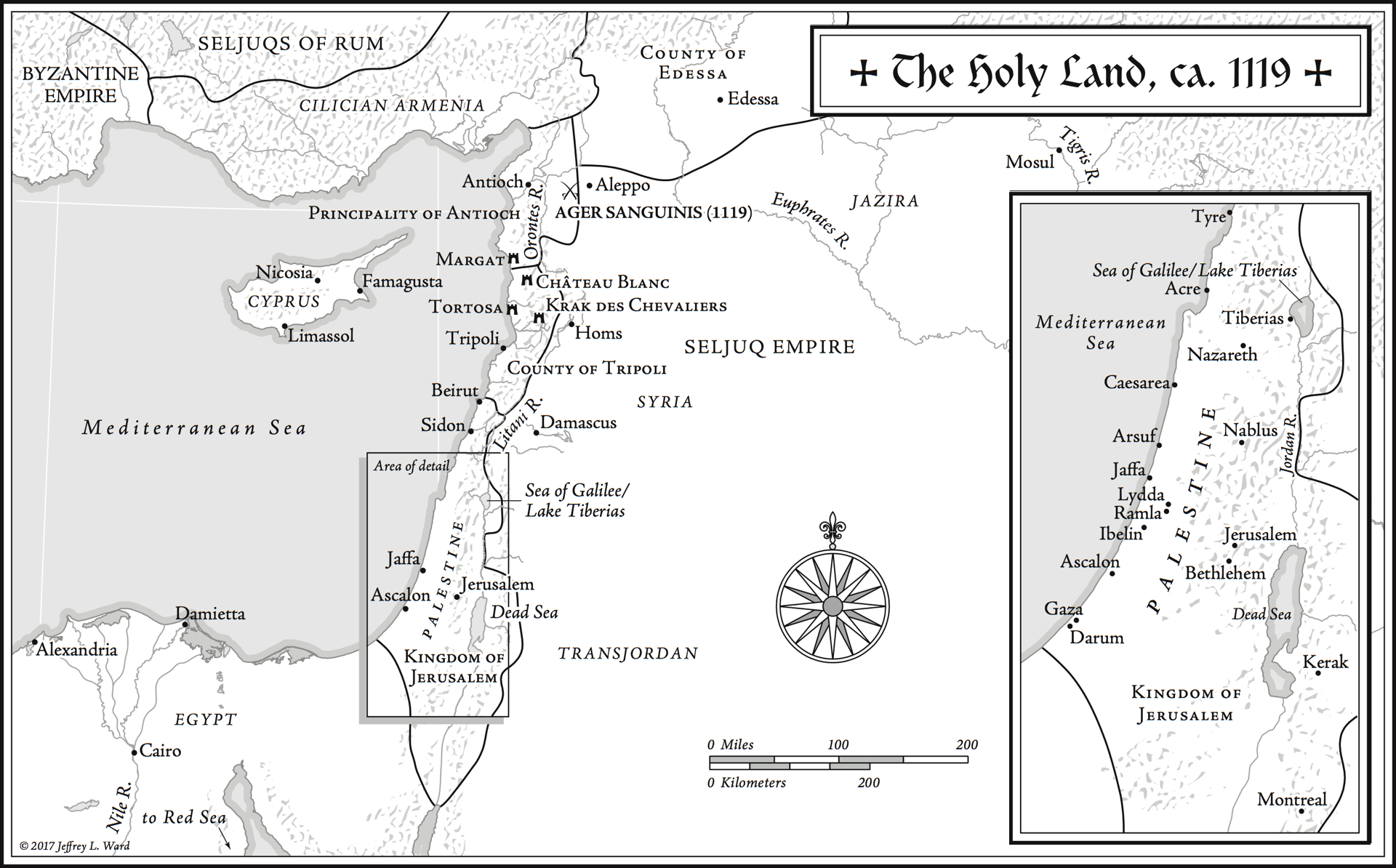

This pattern of church self-government served as a model for political self-government in the Mayflower Compact. They also elected their own ministers and other church officers.
WHERE DID THE PILGRIMS LAND HOW TO
Under these agreements the male adult members of each church decided how to worship God. The format of the Mayflower Compact is very similar to the written agreements used by the Pilgrims to establish their Separatist churches in England and Holland. The Mayflower Compact was probably composed by William Brewster, who had a university education, and was signed by nearly all the adult male colonists, including two of the indentured servants. Aboard the Mayflower, by necessity, the Pilgrims and "Strangers" made a written agreement or compact among themselves. Isolated as they were in America, it could only come from the people themselves. Back home, such authority came from the king. The Pilgrim leaders realized that they needed a temporary government authority. If they didn't work as a group, they could all die in the wilderness. Only staunch determination would help the Pilgrims land and establish their colony. Imagine the situation: over 100 people, cut off from any government, with a rebellion brewing. Three thousand miles from home, a real crisis faced the colonists even before they stepped ashore. The troublemakers threatened to do as they pleased "for none had power to command them," wrote William Bradford. According to William Bradford (who later wrote an account of the Pilgrims' experiences) several "strangers" made "discontented and mutinous speeches." They apparently argued that, since the Cape Cod area was outside the jurisdiction of the Virginia Company, its rules and regulations no longer applied. Rather than chancing more days at sea, the Pilgrims decided to land.Īlmost immediately, an argument broke out. The Mayflower finally dropped anchor in a harbor at the tip of Cape Cod. The captain headed the Mayflower southward, but dangerous sand bars and heavy seas forced them to turn back. When they finally sighted land on November 9, 1620, the captain of the Mayflower knew right away that they were at Cape Cod, far north of their destination. The 3,000-mile voyage across the Atlantic lasted more than two months. The Pilgrims had rounded up the "strangers" to increase the chances of success for their enterprise. In return the stockholders would share in the profits of the planned colony. To raise money for the voyage the Pilgrims signed a contract with a group of London stockholders. William Brewster and the other Pilgrim leaders had secured the right to settle on land claimed by the Virginia Company near the mouth of the Hudson River. The rest of the passengers, called "strangers" by the Pilgrims, included merchants, craftsmen, skilled workers and indentured servants, and several young orphans. Now they sought a new life in America where they could practice their religion in the manner they chose. Only 41 of them were Pilgrims-religious dissenters called Separatists, who had fled England for Holland.

The 102 passengers on the Mayflower were divided into two groups. Signing the Mayflower Compact 1620, a painting by Jean Leon Gerome Ferris 1899 (Wikimedia Commons)


 0 kommentar(er)
0 kommentar(er)
